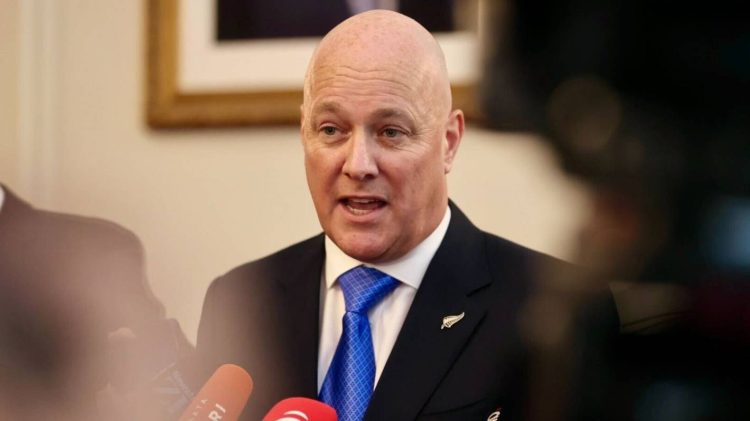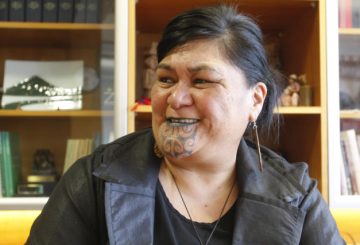Кристофер Луксон, новый премьер-министр, пообещал сократить число государственных служащих и перенаправить государственные ресурсы на цели правительства. Он нацелен на решение проблемы высокой стоимости жизни, восстановление правопорядка и сокращение расходов на государственные услуги на 6,5%.
Несмотря на 30 министров и заместителей министров, Луксон настаивает на том, что его правительство не слишком велико. Он отметил, что в 2017 году у его предшественницы Джасинды Ардерн было столько же министров. Однако в его правительстве на три министра больше, чем в администрации Джона Ки в 2014 году.
На церемонии в Веллингтоне Луксон и его министры официально приняли присягу, пообещав свою верность королю Чарльзу. Генерал-губернатор Синди Киро официально назначила Луксона премьер-министром. Новый кабинет министров начнет свои заседания на этой неделе, а Луксон планирует доработать правительственный план на первые 100 дней пребывания у власти.
Уинстон Питерс, который будет депутатом Луксона в течение следующих 18 месяцев, а затем перейдет к лидеру партии ACT Дэвиду Сеймуру, раскритиковал журналистов TVNZ и RNZ за предвзятую журналистику. Он назвал «взяточничеством» государственный фонд общественной журналистики, созданный в 2020 году для поддержки средств массовой информации во время кризиса, вызванного пандемией COVID-19.
Питерс также пообещал, что его противоречивая политическая программа, включающая изменение названий правительственных департаментов с маори на английский язык, улучшит расовые отношения. Однако ни Питерс, ни Луксон, ни Сеймур не смогли предоставить подробных сведений о том, когда начнется смена названий, сколько времени она займет и сколько она будет стоить. Луксон заявил, что названия всех государственных учреждений, не являющихся представителями маори, будут заменены на английские.





























































